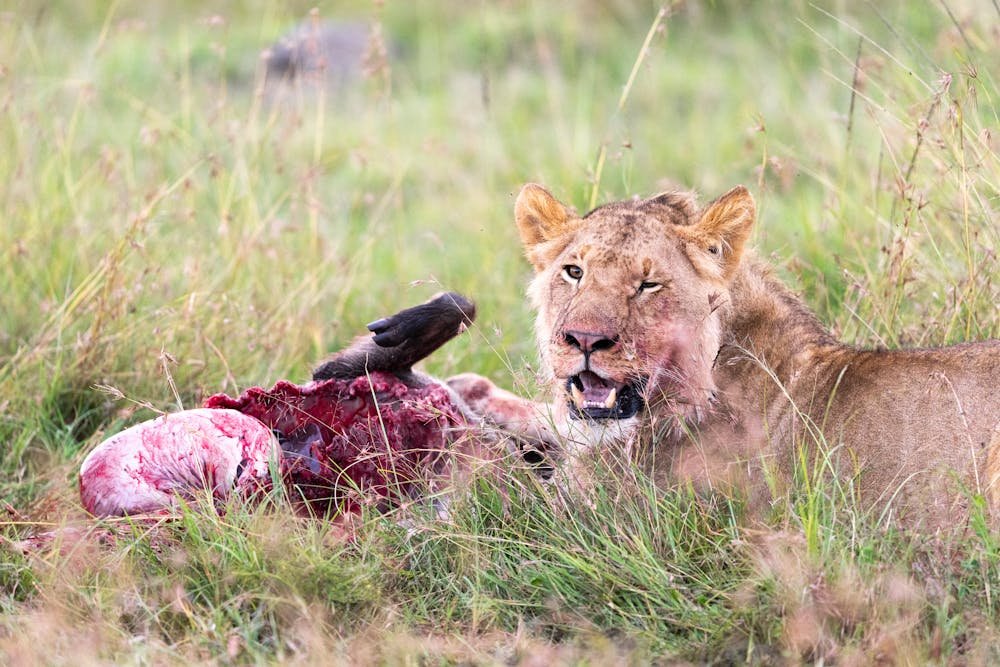A tragic incident has shaken the rural community of Chandrapur district in Maharashtra. A 55-year-old woman lost her life in a devastating big cat attack while visiting a local farm. The victim, identified as Pramela Rohankar, was a resident of Wagholi Buti in Saoli tehsil.
This heartbreaking event has once again brought attention to the growing challenge of human-wildlife conflict in the region. Forest officials are now investigating the circumstances surrounding this attack. The incident serves as a stark reminder of the delicate balance between wildlife conservation and human safety in areas where natural habitats overlap with human settlements.
What Happened in Chandrapur District Big cAt attack
Image credit: iStock
According to Range Forest Officer P G Virutkar, the attack occurred when Pramela Rohankar had gone to visit a farm in her area. The big cat killed the woman during what should have been a routine agricultural activity. Unfortunately, such incidents are becoming increasingly common in this region of Maharashtra.
Chandrapur district sits at the edge of several important wildlife corridors. This location makes it a hotspot for encounters between humans and big cats. The area is known for its significant population of leopards and tigers.
Why Big Cat Kills Are Rising in Rural Areas
Several factors contribute to these tragic encounters. First, habitat loss forces big cats to venture closer to human settlements. As forests shrink, these predators must search for food and territory in new areas.
Second, agricultural expansion often encroaches on traditional wildlife corridors. Farmers like Pramela Rohankar work in areas that were once exclusively wild spaces. This overlap creates dangerous situations for both humans and animals.
Third, prey depletion in natural habitats pushes big cats to hunt livestock. This brings them into direct contact with rural communities who depend on farming for their livelihood.
Community Impact and Safety Concerns

Image credit: pexels
Local residents are understandably concerned about their safety. Many people in rural Maharashtra depend on farming activities that require them to work in fields and isolated areas. The fear of big cat attacks now adds another layer of worry to their daily lives.
Forest departments face the challenging task of protecting both human lives and wildlife. They must balance conservation efforts with community safety measures. This delicate balancing act requires careful planning and community cooperation.
The death of Pramela Rohankar highlights the urgent need for better human-wildlife conflict management. Solutions might include improved lighting in agricultural areas, community awareness programs, and compensation schemes for affected families.
Wildlife corridors need protection, but human safety cannot be compromised. Finding this balance remains one of the biggest challenges for conservationists and local authorities in regions like Chandrapur district.






